Language
WORLDWIDE SHIPPING
Magnetic block S for 10 Grand Prix Series knives in natural beech by Artelegno
was
€159.00
Special Price
€142.00
€116.39
Availability:
In stock
Magnetic knife block "S" in natural Grand Prix varnished beech produced in Italy by Artelegno, an Italian company where craftsmanship means personal expression of the attitude to quality to confer qualities that make each product unique
For the company, the vision of work not only as mere work, but as the fascinating process of creating a work. Craftsmanship means selection of materials and transformation into useful and pleasant objects with processes and checks carried out manually in order to ensure each single product a synthesis of excellence and quality, which only the care and work culture of craftsmanship can guarantee.
For the production of the wooden block S in natural varnished beech, the following processing steps were followed:
- Storage of raw material in heated warehouses
- Planing
- Calibration
- Milling of bars to round the edges
- Parting off
- Head sanding and quality control
- Milling heads to round the edges
- Cutting and milling of the foot
- Component bonding
- Fine sanding pre-painting
- Edge sanding
- First coat of non-toxic paint (primer)
- Sanding and quality control
- Second finishing coat with non-toxic paint
- Withering at controlled temperature and ventilation
- Accessories application
- Quality control and trademark application
- Packaging and packaging
The careful processing phases of this strain make it an object of Italian excellence, an object of high craftsmanship
Dimensions of the log cm. 17 x 27.5 x 26.5
Maximum blade length cm. 25.5
10 positions for knives
Block supplied without knives
FAQs

 IT
IT FR
FR
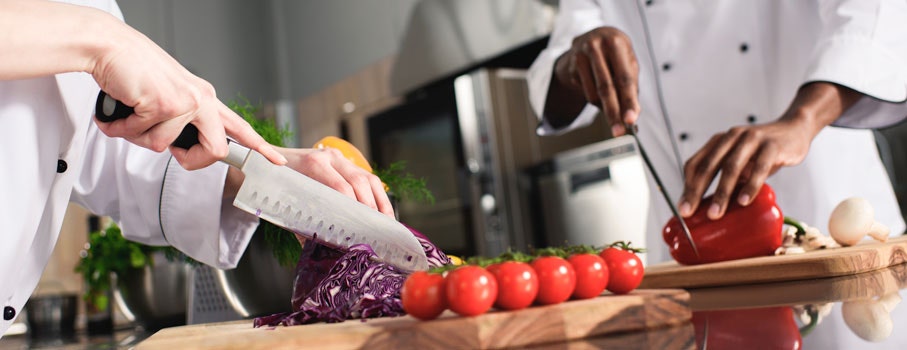
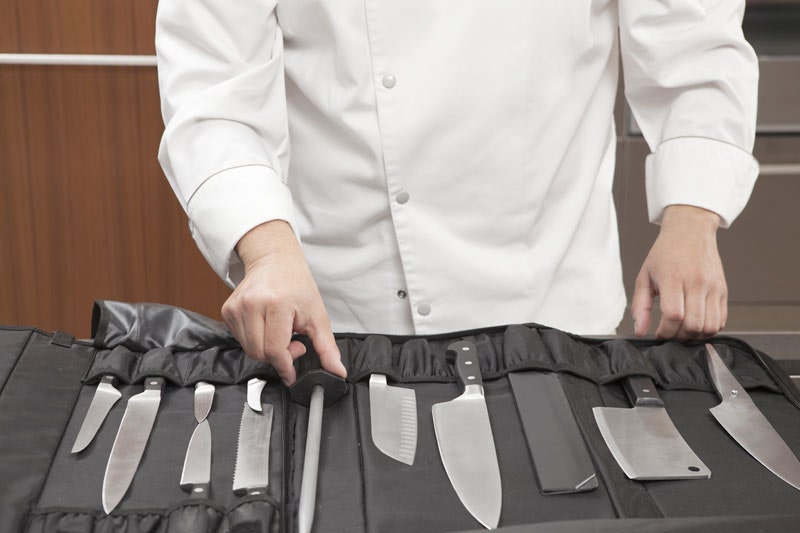
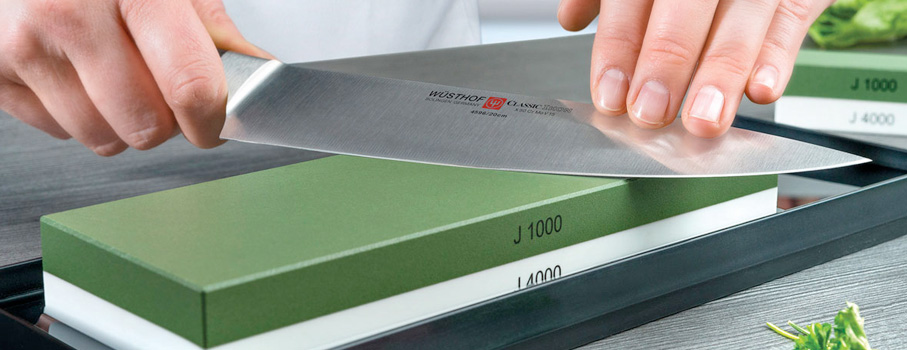
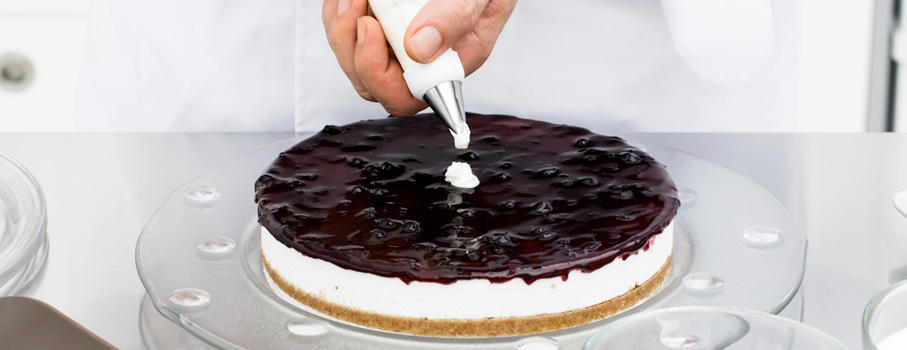

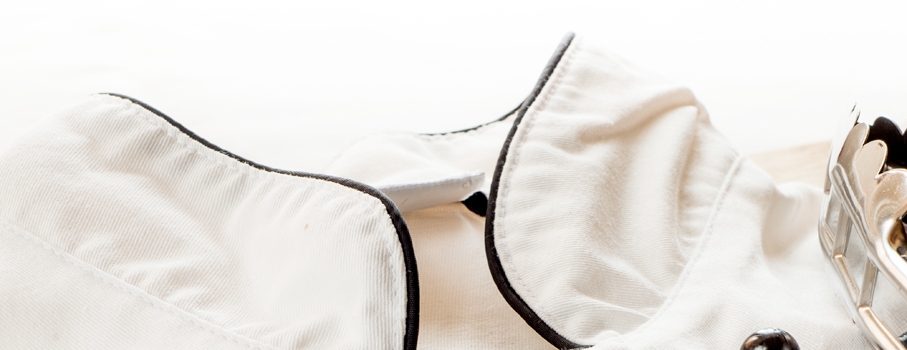
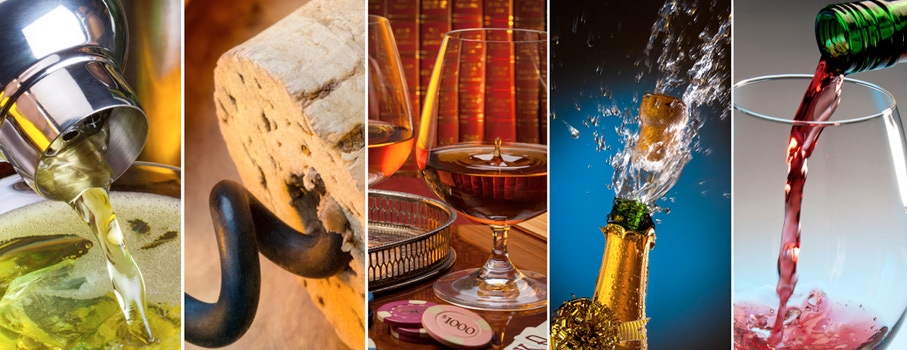
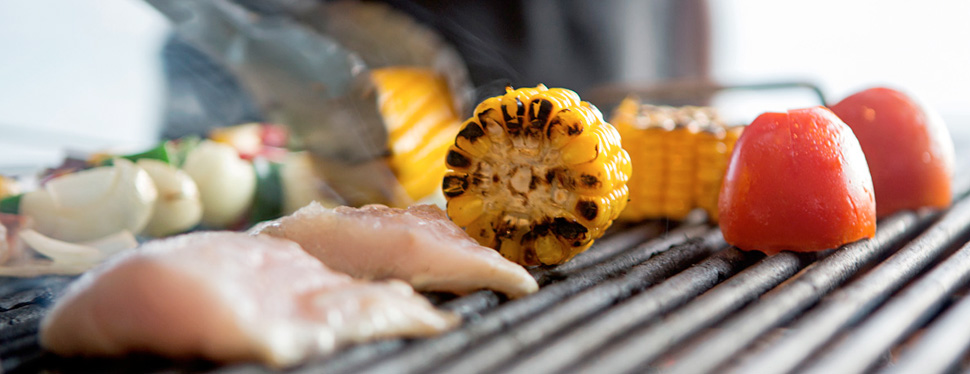

 IT
IT FR
FR
